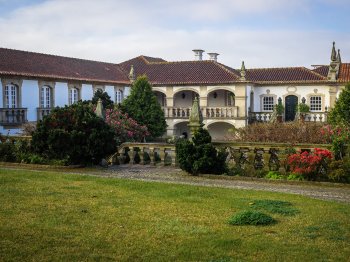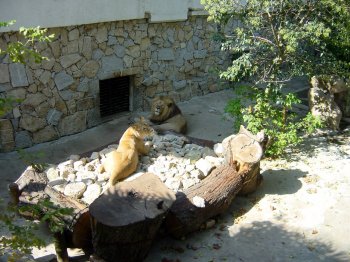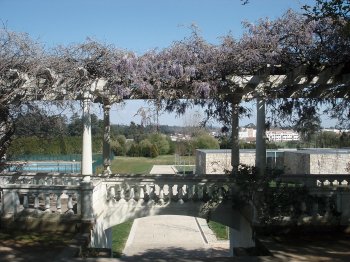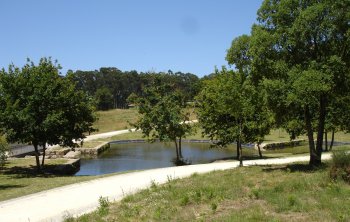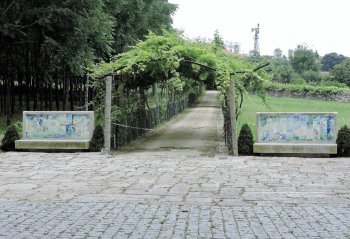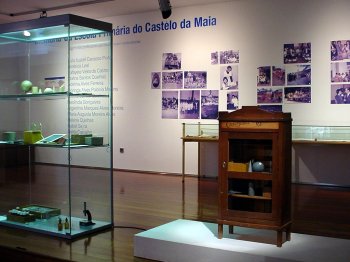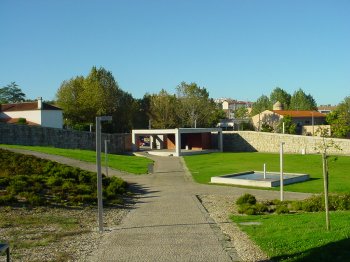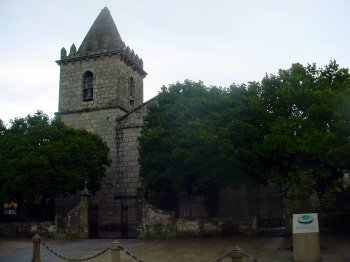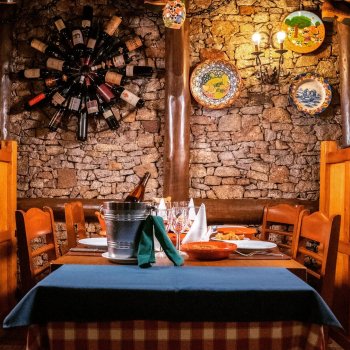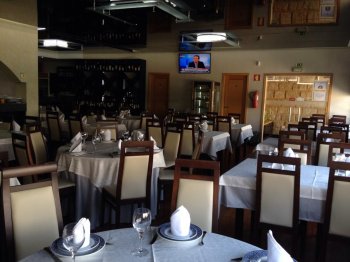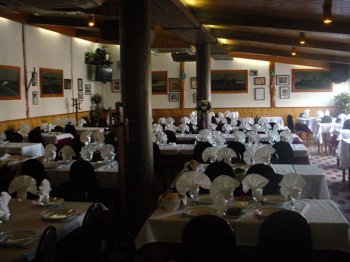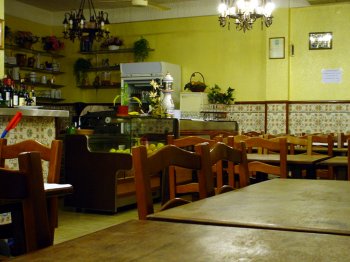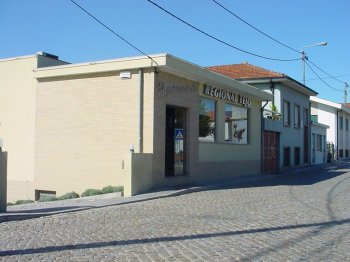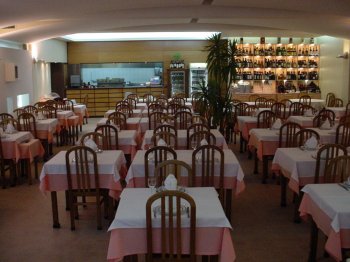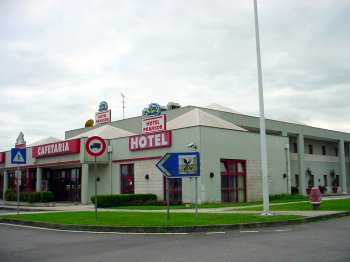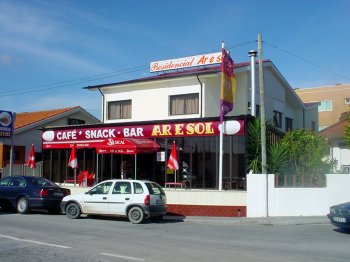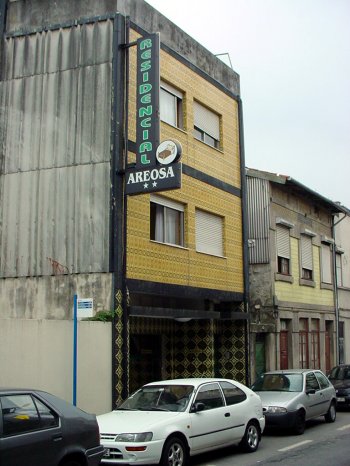Maia
From a mere dormitory town for Porto, Maia has transformed itself in recent decades into a leading industrial, technological, and business hub in the north of the country – not least because it houses Porto Airport, just 6 km from the city center. A land of traditions and strong rural character, but openly focused on the future, history and modernity coexist in Maia: medieval churches and manor houses share the spotlight with contemporary architecture. The Zoo is perhaps its biggest tourist attraction and a great excuse for a visit. The commitment to the environment and sports, with the proliferation of green spaces and excellent sports facilities, and investment in education and culture place Maia on the map of the most important municipalities in the Porto district.
What to do in Maia
Where to eat in Maia
Portuguese, Regional
25.00 €
The Machado restaurant, in Nogueira, is a typical space, serving good traditional food, without inv…
Portuguese
20.00 €
Modern space to serve typical dishes well made, having collected the prize "Golden Fork" gastronomi…
Portuguese
20.00 €
A traditional house with a fireplace and a wood oven, a friendly service and excellent regional dis…
Portuguese
10.00 €
Modern space serving fast food, with the francesinhas (toasted sandwich of beef, ham, sausage and c…
Portuguese, Seafood restaurant
12.00 €
A rustic space that has regional dishes and functions also as a take away.
Portuguese
10.00 €
A restaurant that has a large and charming room with wood and schist walls. The menu presents a lar…
Where to sleep in Maia
2 star
Modern hotel, located at the service area of Águas Santas, with 29 simple rooms.
2 star
A booarding-house located close to the airport, with 12 small rooms equipped with telephone and cable TV.
Near Maia
Matosinhos
Traditionally a land of fishermen, Matosinhos is currently much more than that: it is a rejuvenated and forward-looking city that knows how to welcom…
Santo Tirso
Addressing the origin of the municipality of Santo Tirso is to highlight the Monastery of São Nicolau, founded in 978, established by Count Dom Henri…
Lousada
The municipality of Lousada, inserted in the region of Vale do Sousa, presents a set of very important Romanesque-style buildings, which you can meet…
Amarante
Amarante is distributed in about forty parishes, 18 of those located along the right bank of the Tâmega river and the others on the left bank of the …
